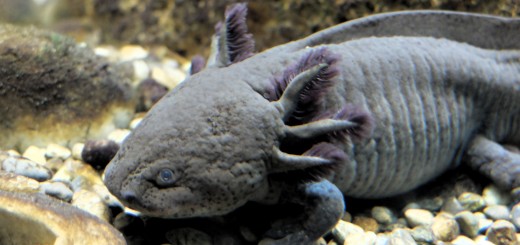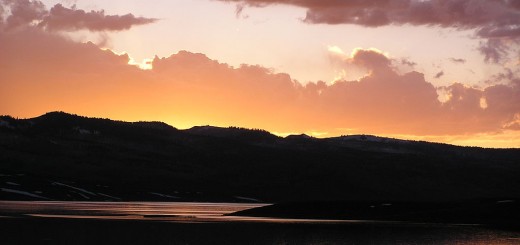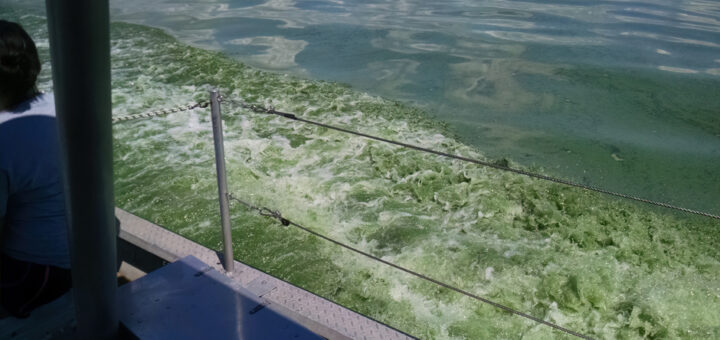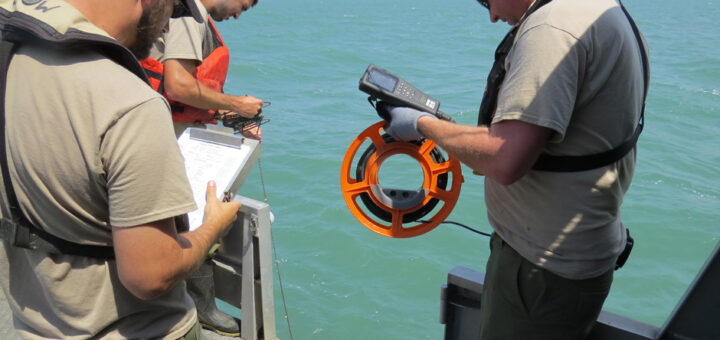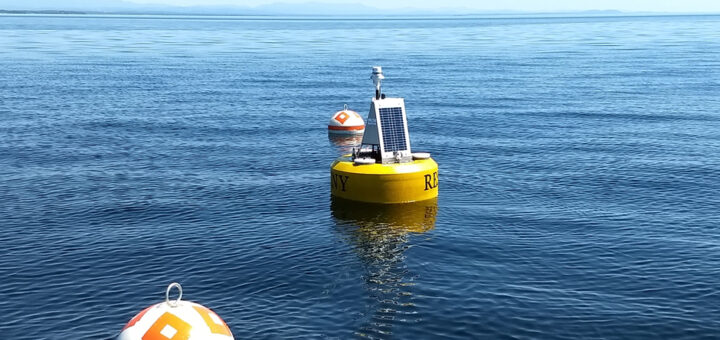Lake Maggiore is Italy’s Longest Lake
0Though Lake Maggiore is only the second largest lake in Italy after Lake Garda, it is the country’s longest. This expansiveness affects climates along its shorelines in interesting ways.

Lake Magiore. (Credit: Wikimedia Commons User Civvi via Creative Commons)
The lake’s upper end is alpine in character, with max elevations reaching more than 630 feet. Cooler air at this height helps Lake Maggiore’s waters stay cooler, inhibiting the growth of algae or mosses.
Toward the lake’s middle region lie gentler hills and milder temperatures. The area is surrounded by mediterranean vegetation that are used to dry summers and wet winters. These include eucalyptus trees, cork oaks and scrub bushes.
Lake Maggiore’s bottom third runs into Lombardy, Italy’s most heavily populated region, boasting many of the world’s Unesco World Heritage Sites.
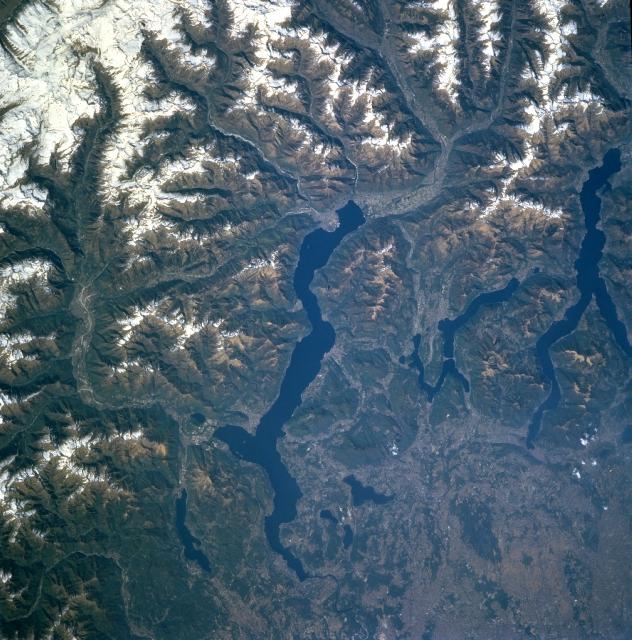
Lake Maggiore, as seen from space. (Credit: Wikimedia Commons User Roger469 via Creative Commons)
The lake was formed through tectonic and glacial movement. At its widest, it is seven miles across and has a total surface area nearing 82 square miles. Lake Maggiore is connected to Lake Orta by the Maggia, Toce and Ticino Rivers and is fed by three other tributaries. Surrounded by the Lepontine Alps, its waters support fishing for perch, pike, shad and trout.




